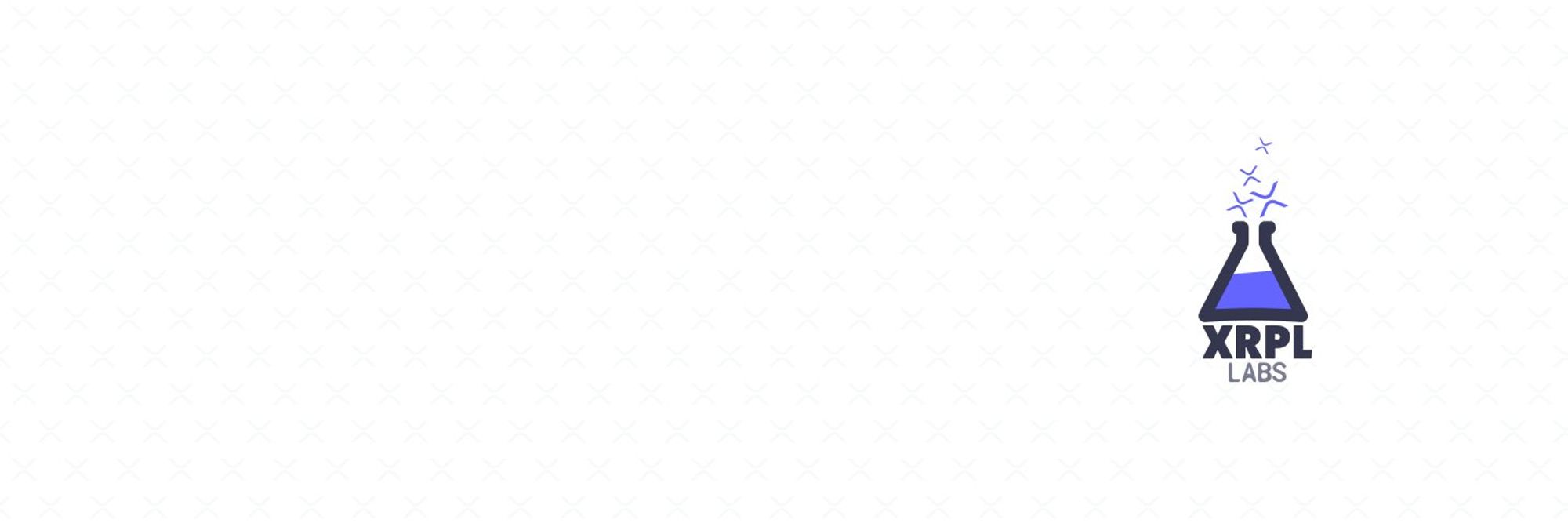Setting things up
 Installing Node and VS Code Editor
Installing Node and VS Code Editor Installing "XRPL JS TS Demo" and Dependencies
Installing "XRPL JS TS Demo" and DependenciesXRP Ledger accounts
 Learning More About XRP Ledger Account
Learning More About XRP Ledger Account Generating XRPL Account
Generating XRPL Account Derive r-address From Secret
Derive r-address From Secret Brief Overview of The XRP Ledger
Brief Overview of The XRP LedgerFirst XRPL interaction
 Activate Existing XRPL Account on Test Network
Activate Existing XRPL Account on Test Network Connecting and Interacting with XRP Ledger: account_info
Connecting and Interacting with XRP Ledger: account_info Interacting with XRP Ledger using JSON-RPC
Interacting with XRP Ledger using JSON-RPC Error Handling and Best Practices
Error Handling and Best Practices Basics of XRP and Issued Currency
Basics of XRP and Issued Currency Signing Payment Transaction
Signing Payment Transaction Assignment Solution
Assignment Solution Verifying Signature
Verifying Signature Submit Transaction Signature To XRP Ledger
Submit Transaction Signature To XRP Ledger Subscription Methods
Subscription Methods Subscription Methods To Build Responsive App
Subscription Methods To Build Responsive App Transaction Verification
Transaction Verification Balance Detail
Balance Detail Transaction Cost
Transaction Cost Measures to Avoid Ledger Spamming
Measures to Avoid Ledger Spamming Source And Destination Tags
Source And Destination Tags AccountSet Transaction: Domain, Gravatar
AccountSet Transaction: Domain, Gravatar AccountSet Transaction: SetFlag, ClearFlag
AccountSet Transaction: SetFlag, ClearFlag Deposit Authorization
Deposit AuthorizationTokens, transactions
 Issuing Token on XRPL
Issuing Token on XRPL Token(IOU): Payment Transaction
Token(IOU): Payment Transaction Commands To Fetch TrustLine Information
Commands To Fetch TrustLine Information Freeze a TrustLine
Freeze a TrustLine Issuer: Transfer Fees
Issuer: Transfer Fees More about TrustLine
More about TrustLine Currency Code In Hex Format
Currency Code In Hex Format Removing a TrustLine
Removing a TrustLine Require authorization Flag
Require authorization FlagLedger features
 AccountDelete Transaction
AccountDelete Transaction Tickets: Theory
Tickets: Theory TicketCreate Transaction
TicketCreate Transaction Delete Ticket Object
Delete Ticket ObjectSetRegularKey
 SetRegularKey: The Concept
SetRegularKey: The Concept Assigning RegularKey
Assigning RegularKey Change RegularKey
Change RegularKey Remove RegularKey
Remove RegularKey Blackhole An Account
Blackhole An AccountMultiSigning
 MultiSigning: The Concept
MultiSigning: The Concept Create SignerList
Create SignerList Replace SignerList
Replace SignerList Multi-signed Payment Transaction
Multi-signed Payment Transaction Removing SignerList
Removing SignerListInteracting with XRP Ledger using JSON-RPC
Intro
Access Public API Methods using JSON-RPC (Remote Procedure Call) instead of websocket.
Video
Topics covered
- Using AXIOS to access JSON-RPC.
- Taking input from the user.
References
- JSON-RPC v/s WebSocket
- JSON-RPC
- Google App Script
- axios
Final tip: JSON-RPC can be very helpful when you don’t need a continuous connection to the server. Instead of connecting to the websocket, fetching the data and then closing the connection immediately, you can simply use JSON-RPC in such cases.
← Previous
Next →
- Interacting with XRP Ledger using JSON-RPC
- Intro
- Video
- Topics covered
- References



